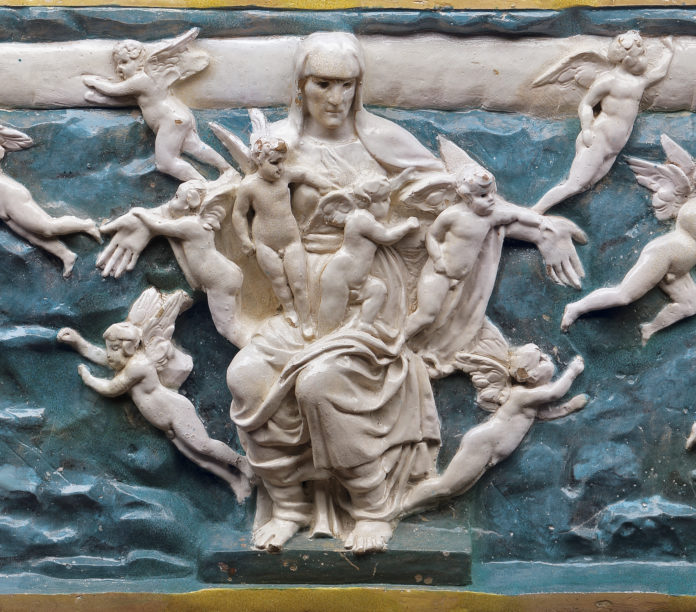
Open through January 12, the Frick Collection presents the first exhibition devoted to the Renaissance sculptor Bertoldo di Giovanni (ca. 1440–1491) in “Bertoldo di Giovanni: The Renaissance of Sculpture in Medici Florence.” It shines a long-overdue light on the ingenuity and prominence of the Florentine artist, who was a student of Donatello, a teacher of Michelangelo, a favorite of Lorenzo de’ Medici, and an active collaborator with many other artists.
More from the organizers:
By uniting nearly his entire extant oeuvre—more than twenty statuettes, reliefs, medals, a life-sized statue, and a monumental frieze never before shown outside of Italy—the show demonstrates the artist’s creative process and ingenious design across media, his engaging lyrical style, and, especially, the essential role he played in the development of Italian Renaissance sculpture.
Indeed, Bertoldo was one of the earliest sculptors since antiquity to create statuettes in bronze, an art form that became ubiquitous in prestigious collections during the fifteenth century and thereafter.
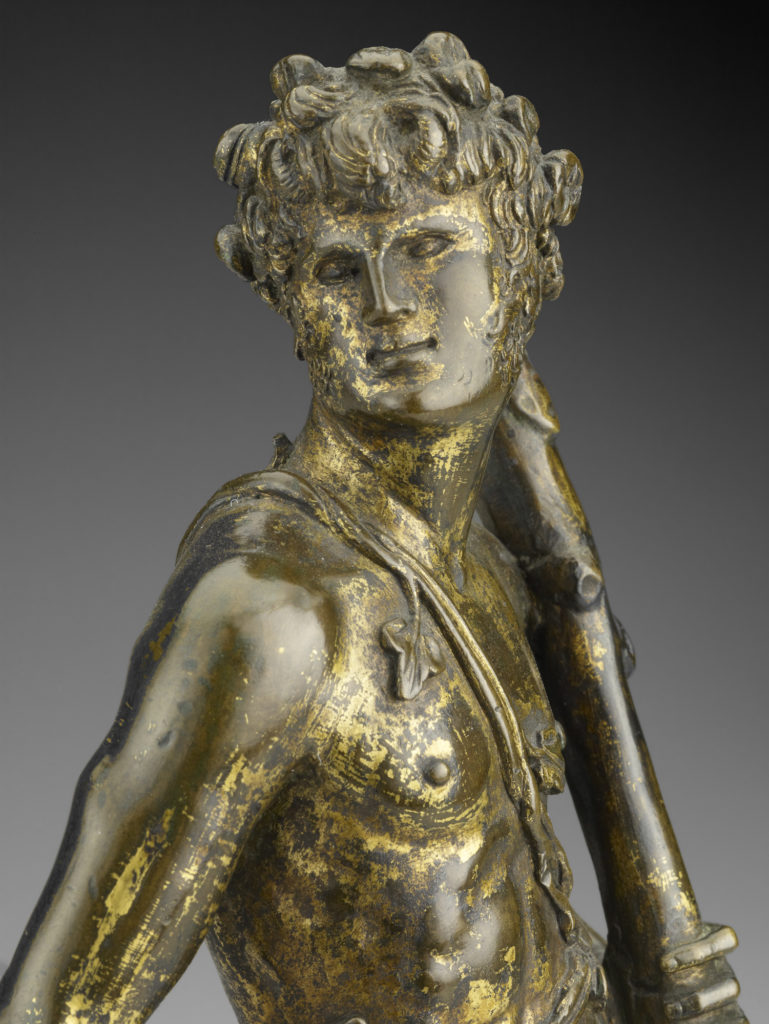
The Frick Collection, New York Photo: Michael Bodycomb
The exhibition was organized by Aimee Ng, Curator; Alexander J. Noelle, Anne L. Poulet Curatorial Fellow; and Xavier F. Salomon, Peter Jay Sharp Chief Curator, with the assistance of Julia Day, Conservator. Comments Salomon, “The Frick is the only institution outside of Europe that owns a statuette by Bertoldo, and we have long desired the opportunity to study and present this artist’s work in great depth. We are thrilled that the resulting monographic display—on view only in New York—will finally bring into focus Bertoldo’s unique position at the heart of the artistic and political landscape of fifteenth-century Florence. Most appropriately our team has enjoyed working on this project in partnership with that city’s esteemed Museo del Bargello.” The catalogue that accompanies “Bertoldo di Giovanni: The Renaissance of Sculpture in Medici Florence” is the most substantial publication ever produced on the artist.
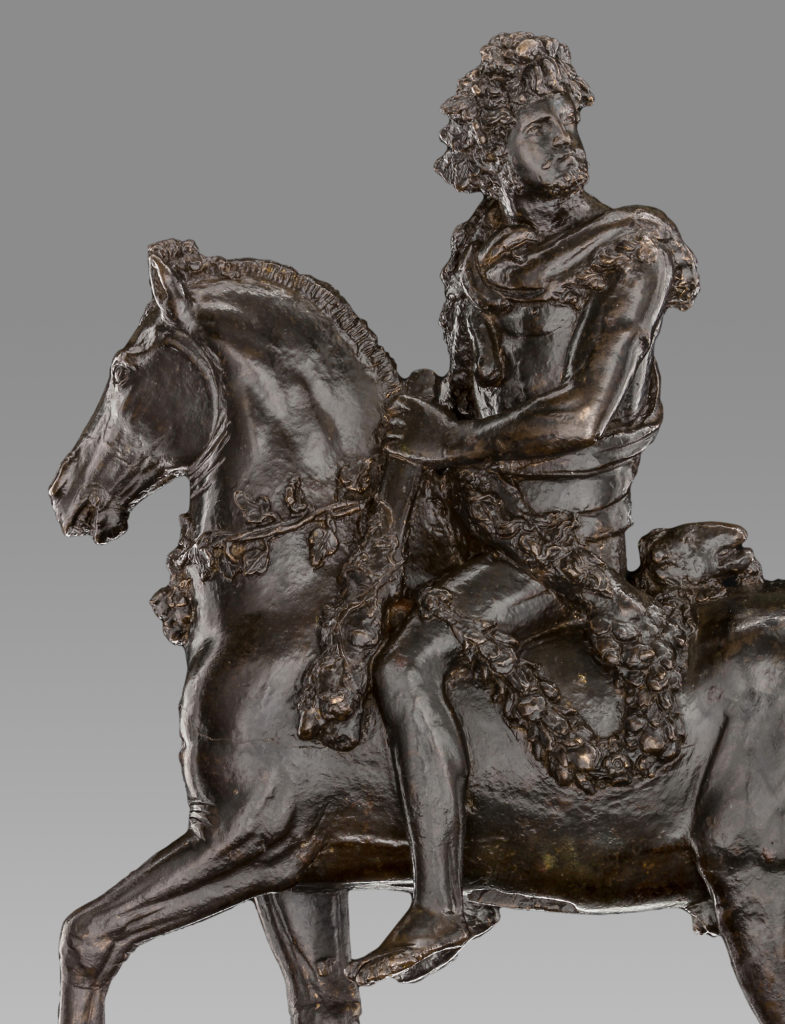
Galleria Estense, Modena; Su concessione del Ministero per i Beni e le Attività Culturali – Archivio fotografico delle Gallerie Estensi; photo: Carlo Vannini
A PIVOTAL FIGURE RECONSIDERED IN HIS OWN LIGHT
Initially, Bertoldo developed his skills under the aegis of Donatello, inheriting his models and, upon the master’s death, completing the pulpits that were commissioned to adorn the Basilica of San Lorenzo in Florence.
Bertoldo went on to gain the life-long patronage and friendship of the state’s de facto ruler, Lorenzo de’ Medici, eventually moving into the Medici palace and creating numerous objects for his patron, some of which were designed as propagandistic tools. Bertoldo was even appointed the custodian and curator of Lorenzo’s famed garden of antiquities near San Marco, where he instructed the gifted pupils studying the relics, one of whom was Michelangelo, whose creative genius flourished under the master’s guidance.
His legacy, however, was largely written out of history by Michelangelo, who fashioned his own identity as a self-taught artist divinely blessed with ability. Michelangelo’s biographers, including the art historian Giorgio Vasari, reduced Bertoldo’s role significantly, mentioning him only in passing while focusing more extensively on the pioneering creativity of Donatello, the magnificent patronage of the Medici family, and the staggering genius of Michelangelo.
Modern scholarship, as a result, has largely followed this precedent. The exhibition and catalogue offer a comprehensive exploration of Bertoldo’s work, reconsidering the sculptor’s associations with Donatello, Lorenzo, and Michelangelo, which are central to his narrative. These relationships, however, are reframed, thereby allowing Bertoldo to be appreciated in his own right, his artistic identity no longer overshadowed but, rather, enhanced by his connections to three of the most important figures of the Renaissance.
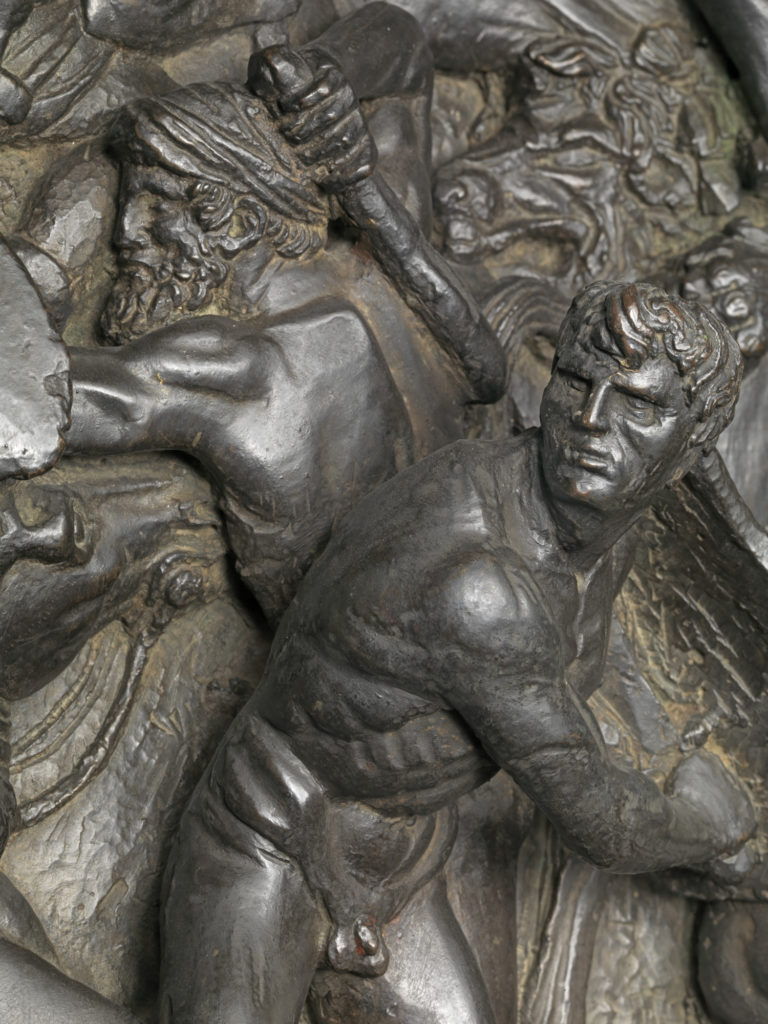
Museo Nazionale del Bargello, Florence; Su concessione del Ministero per i Beni e le Attività Culturali; photo Mauro Magliani

Skulpturensammlung und Museum für Byzantinische Kunst, Staatliche Museen, Berlin; photo: Karsten Dahmen
For more information, please visit frick.org.
Sign up to receive Fine Art Today, the free weekly e-newsletter from
Fine Art Connoisseur magazine.


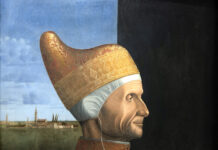
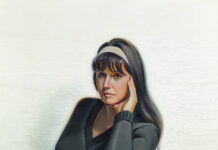




[…] Fine Art Connoisseur […]